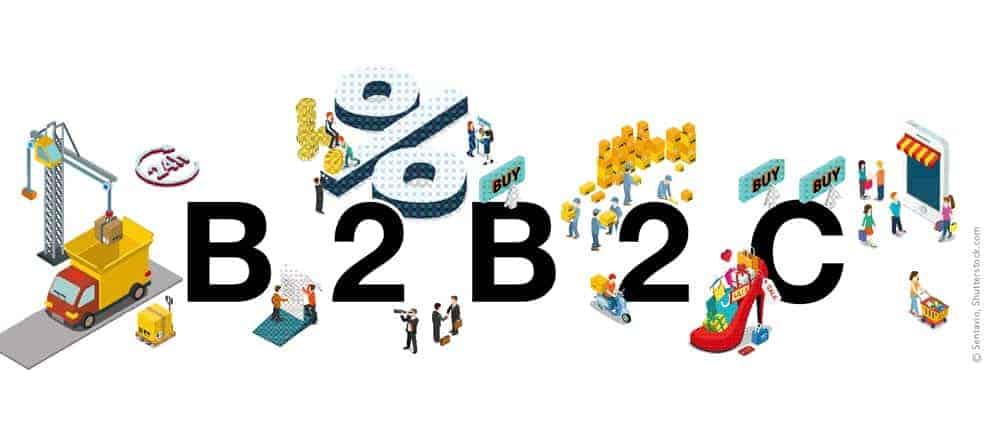Paradigm shift in supply chain management


Since Sapphire at the latest, the term "Demand-Driven MRP" has been heard more and more frequently in SAP circles. What lies behind this is a paradigm shift in supply chain management that not only overturns traditional planning approaches, but also enables performance increases that were hardly thought possible.
It is long overdue for SAP to address the "Demand-Driven Material Requirements Planning (DDMRP)" concept and to implement it in its software solutions. Traditional supply chain planning approaches date back to the middle of the last century and are dependent on extremely accurate forecasts.
In today's volatile business world, however, accurate forecasts of demand are simply impossible, which is why forecasts for most products are wrong by more than 50 percent. The consequences are dramatic: the wrong quantities are purchased, produced or delivered to the wrong places. This in turn leads to high inventories and, at the same time, poor service for the customer.
The DDMRP concept takes into account the new volatile nomal state of global supply chains: supply chain planning is no longer purely forecast-based, but is based on actual customer demand (hence "demand-driven").
The concept involves decoupling the supply chain and positioning inventory buffers exactly where they are needed. The buffers are replenished in a stable and repetitive sequence as they are consumed.
Since replenishment management is driven by demand and not by (incorrect) forecasts, inventory levels are always correct. Hectic and expensive rescheduling to meet service levels is no longer necessary, deliveries are stable and inventories are optimal and balanced.
DDMRP is the future of supply chain planning. The fact that SAP has shared this assessment for some time and is therefore implementing DDMRP in its solutions together with partners is welcome and a positive sign in the direction of users.
Because, as we all know, the best concept is of no use if it cannot be implemented or can only be implemented with a third-party solution - and what SAP user wants that?
Currently, the most interesting is the Demand-Driven MRP for SAP Integrated Business Planning solution, which was presented for the first time at this year's Sapphire and enables the implementation of the DDMRP concept in the new SAP cloud solution for real-time supply chain planning.
Interesting because it is not only the first extension app for SAP Integrated Business Planning ever and thus sets standards for the extensibility of SAP IBP.
It is also a key milestone in SAP's strategy to provide an open and extensible infrastructure for its fast-growing, modern supply chain planning platform.
Technically, Demand-Driven MRP for SAP Integrated Business Planning consists of two major blocks: The first block is deployed as an SAP IBP microservice and leverages the strengths of the SAP Cloud platform.
It covers the DDMRP elements "strategic inventory positioning" and "buffer levels & profiles". The second block is based on SAP IBP and covers the remaining three DDMRP components "dynamic adjustment", "demand-driven planning" and "visible and collaborative execution".
The Demand-Driven DMRP for SAP Integrated Business Planning configuration is delivered as a rapid deployment solution (RDS) that allows users to implement a pilot within ten weeks.
DDRMP is also available for SAP SCM and S/4 Hana. The demand-driven world is therefore open to the SAP community. One more reason to say goodbye to traditional supply chain planning concepts once and for all.







